
Breakbulk and the Blue Economy: Supporting Sustainable Maritime Growth
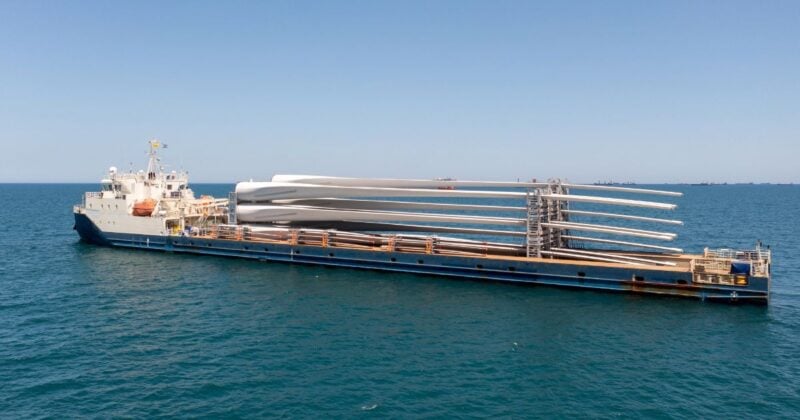
As global industries focus on sustainability, the blue economy, which promotes the sustainable use of ocean resources for economic growth, improved livelihoods, and ocean health, is increasingly becoming a guiding principle for maritime industries.
Within this economy is breakbulk shipping, a vital cog in global trade that involves transporting large, non-containerized goods such as heavy machinery, construction materials, and oversized equipment. Essential for supporting industries that rely on these large goods, it also has a significant role in advancing sustainable maritime growth.
Breakbulk shipping is indispensable for transporting massive components like wind turbines, solar panels, and other renewable energy technologies crucial for sustainable infrastructure projects. These oversized goods often rely solely on breakbulk vessels for transport, positioning the sector as a key facilitator of the global green energy transition.
Eco-Friendly Technologies Paving the Way
Traditionally, breakbulk operations have been associated with high energy consumption and emissions. One of the most significant ways breakbulk shipping contributes to sustainable maritime growth is by adopting eco-friendly technologies. These innovations reduce shipping's environmental impact and demonstrate how the industry can evolve to meet economic growth and ocean preservation needs. For example, Liquefied Natural Gas (LNG)-powered vessels are rapidly being integrated into breakbulk fleets. LNG is much cleaner than conventional marine fuels, emitting lower levels of greenhouse gases and almost eliminating sulfur emissions. This shift helps shipping companies comply with stringent international regulations, such as the IMO 2020 sulfur cap, which limits sulfur content in marine fuels to 0.5 percent. Using LNG-powered vessels is not just a technological upgrade—it represents breakbulk shipping’s alignment with the blue economy’s goal of reducing the maritime industry’s carbon footprint.
Beyond vessel propulsion, ports and terminals involved in breakbulk shipping are investing in electric cranes and hybrid equipment, which reduce both energy consumption and emissions in cargo-handling.
Beyond industrial sustainability credentials, these improvements in energy efficiency will also reduce operational costs in the long run.
Waste management: Reducing impact on marine ecosystems
The blue economy strongly emphasizes minimizing the environmental impact of industrial waste generation, which can severely harm marine ecosystems. Breakbulk shipping involves handling large and often irregularly shaped cargo, producing significant amounts of packaging waste, such as dunnage, and materials used to secure cargo.
The industry has begun implementing better waste management practices to align with sustainable maritime growth. For instance, some shipping companies are experimenting with biodegradable and recyclable dunnage materials. Additionally, many ports have instituted recycling programs to manage the waste generated during breakbulk cargo handling. The Port of Rotterdam, known for its sustainability efforts, has implemented a comprehensive recycling program that ensures packaging materials are either reused or properly recycled, significantly reducing the environmental impact of breakbulk shipping.
By embracing these waste reduction measures, breakbulk shipping companies contribute to the blue economy’s goals of reducing ocean pollution and preserving marine life. Waste reduction and recycling are vital for protecting ocean ecosystems and also create opportunities for cost savings and operational efficiencies, making sustainability a win-win for the industry.
Navigating the path to cleaner waters
Another area where breakbulk shipping plays a crucial role in sustainable maritime growth is emissions control. Maritime transport, including breakbulk vessels, is a major source of global emissions, including sulfur oxides (SOx), nitrogen oxides (NOx), and particulate matter. The introduction of international regulations like the IMO 2020 sulfur cap has pushed shipping companies to innovate in their approaches to emission control.
Breakbulk operators have responded with a range of strategies to minimize emissions. In addition to adopting LNG-powered vessels, which significantly reduce greenhouse gas emissions, companies are implementing operational strategies such as slow steaming. Slow steaming lowers fuel consumption and reduces emissions by reducing vessel speeds, contributing to both environmental protection and fuel cost savings.
Additionally, adopting advanced filtration systems, such as closed-loop scrubbers, has further helped reduce harmful particulate emissions. These systems clean the exhaust gases from ships before they are released into the atmosphere, ensuring that breakbulk vessels operate within the environmental limits set by global regulators. Installing such technologies underscores the industry’s commitment to sustainable practices and compliance with international standards, helping foster a cleaner maritime environment.
Embracing and investing in eco-friendly technology, reducing waste, and controlling emissions not only support global environmental goals but also ensure the industry's long-term viability in an increasingly sustainability-focused world.
More than a facilitator of global trade, breakbulk shipping is an active partner in building a more sustainable and prosperous maritime industry for generations to come.
ALSO WORTH READING
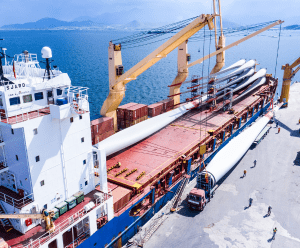


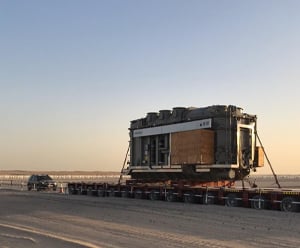



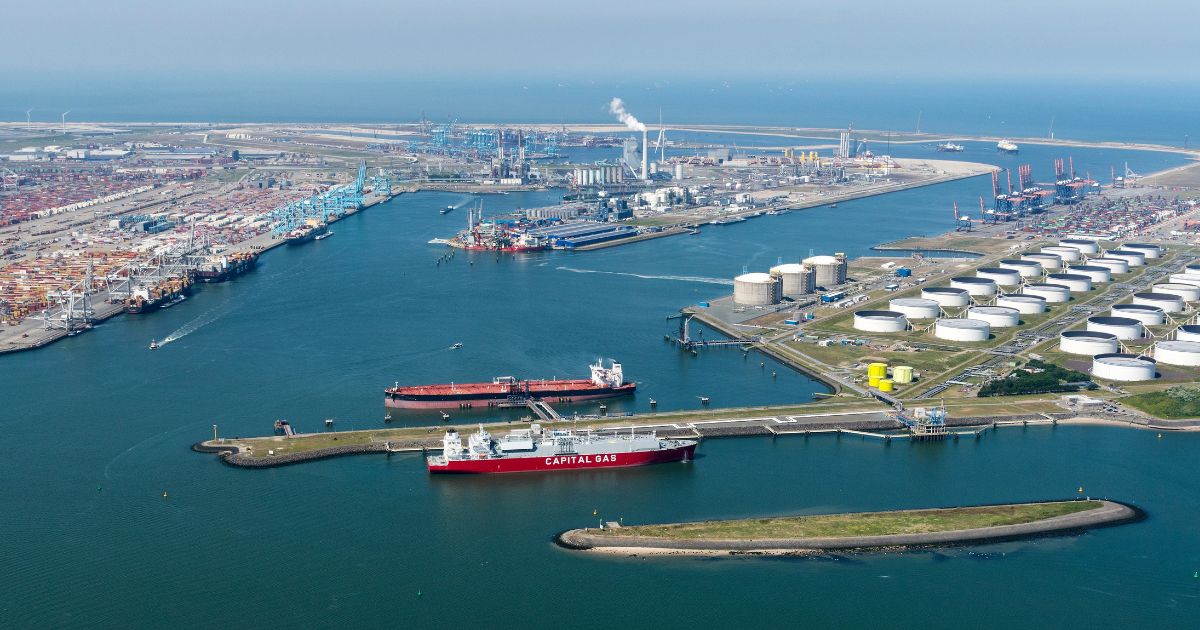
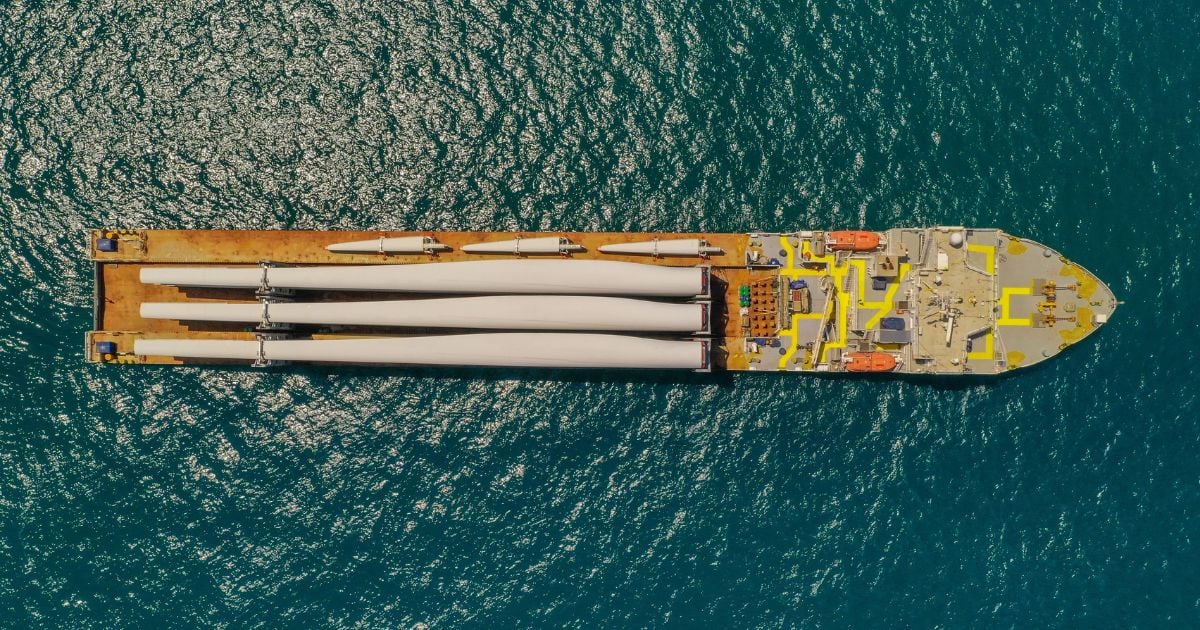




 English
English